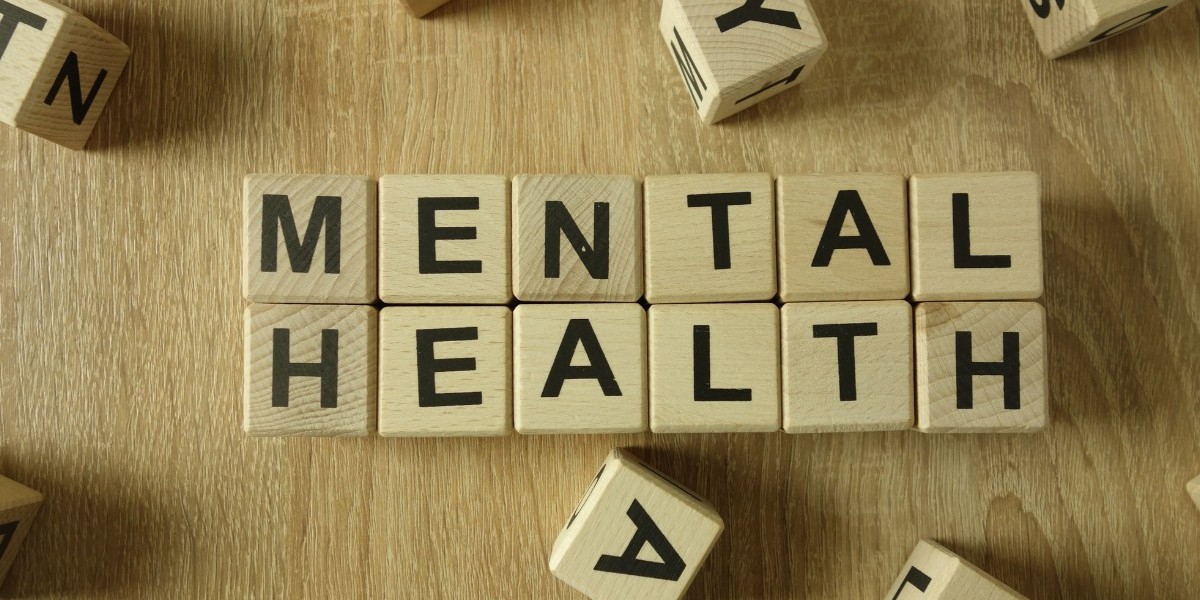Transcranial Magnetic Stimulation Therapy, or TMS Therapy, has become a hopeful way to help people who are depressed. In this non-invasive method, magnetic fields are used to trigger certain parts of the brain. In this guest post, we'll look at the pros and cons of TMS Therapy and talk about how well it works and what problems it might cause.
TMS Therapy's pros:
1. Treatments that work for depression:
• Several clinical studies have shown that TMS Therapy is effective at relieving the symptoms of sadness.
• TMS Therapy has helped people who haven't been able to get better with standard treatments like medicine or therapy.
2. Approach that isn't invasive or systemic:
• Unlike medications, TMS Therapy doesn't involve taking drugs that could have unwanted side effects or combine with other medicines.
• It takes a targeted approach by stimulating parts of the brain that are linked to depression. This makes it less likely that other cognitive processes will be affected.
3. Few Side Effects: The most common side effects of TMS Therapy, like scalp discomfort or mild headaches, are usually short-lived and go away over time. Compared to the possible side effects of antidepressant drugs, TMS Therapy has a better safety rating.
4. Individualised Treatment Plans: With TMS Therapy, each patient's wants can be taken into account when making a treatment plan.
• The intensity and frequency of magnetic pulses can be changed by medical workers to make the treatment work best.
TMS Therapy's Cons:
1. Less available and hard to get to:
• TMS Therapy may not be easy to get in all areas because it needs specialized clinics or medical centers, with the right equipment and trained staff.
• Insurance coverage for TMS Therapy can be limited, making it hard for some people to get.
2. Time Commitment and Length of Treatment:
• TMS Therapy usually includes sessions every day for a few weeks, which can be hard for people with busy work or personal lives.
• The amount of time needed for treatment can change daily plans, so it's important to plan and coordinate carefully.
3. Possible Pain During Treatment: During TMS Therapy sessions, some patients may feel mild pain or sensations. However, these feelings are usually well-tolerated and go away as the treatment goes on.
Compared to other options for treatment:
1. Medication-based Treatments:
• TMS Therapy is a non-systemic alternative to medication-based treatments, which lowers the risk of systemic side effects.
2. Electroconvulsive Therapy (ECT):
• TMS Therapy is a non-invasive alternative to ECT, which uses electrical currents to cause seizures.
• TMS Therapy is a safer and more tolerable choice for people who need brain stimulation but would rather not have it done in a way that is more invasive.
Patient Experiences and Success Stories:
• TMS Therapy has helped a lot of people feel less depressed.
• Testimonials and case studies tell the inspiring stories of people whose
Mental health changed for the better after getting TMS Therapy.
Conclusion
As a way to treat sadness, Mental Health Therapy has a number of benefits that stand out. It works well, has few side effects, and can be tailored to each person. This makes it a good choice for people looking for alternatives. But you should also think about how hard it is to get, how long it takes, and how painful it might be. To find out if TMS Therapy is a good choice for a person's unique situation, they must talk to a medical professional.








